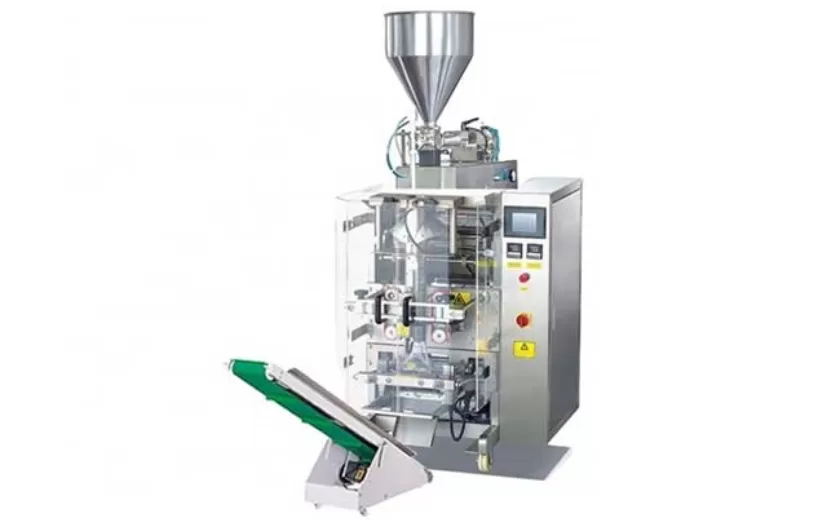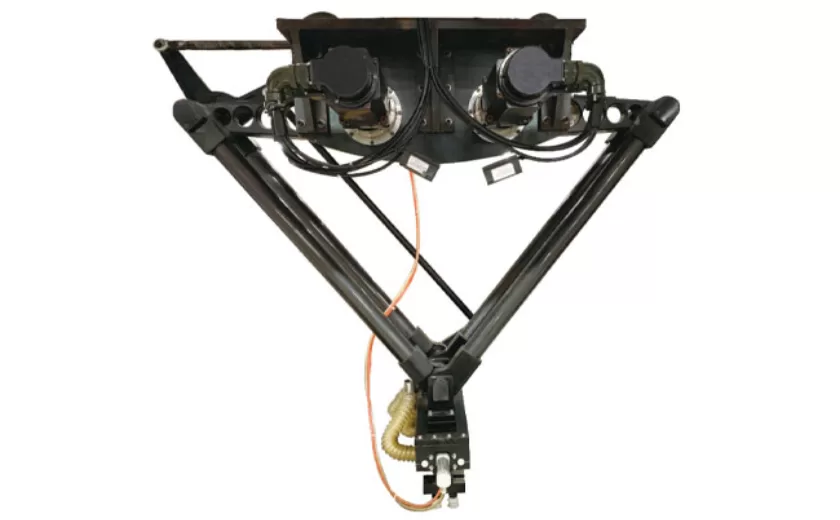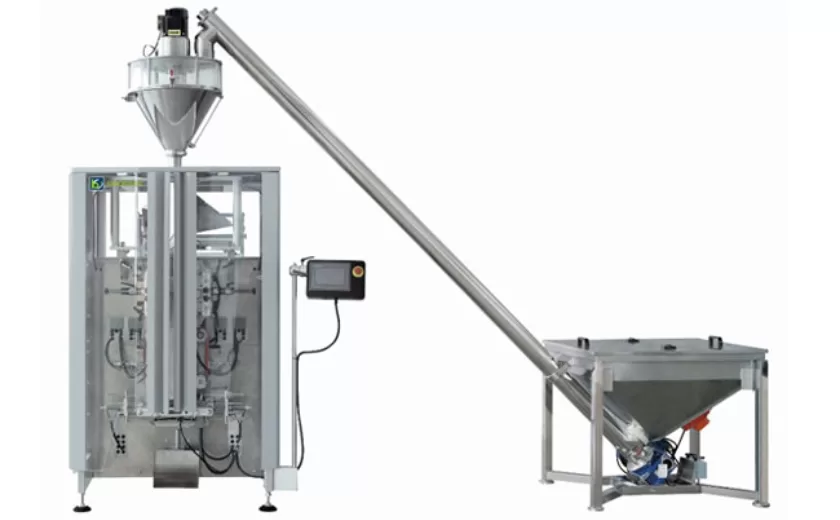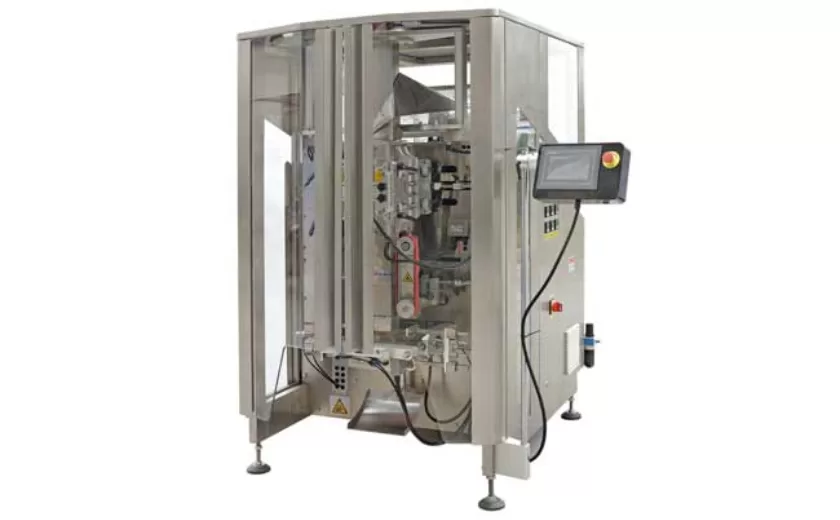The Technology Behind Modern Semi-Automatic Auger Fillers
Auger fillers are widely used in the packaging industry for precise and efficient filling of various products, including powders, granules, and flakes. Modern semi-automatic auger fillers incorporate advanced technologies that enhance their accuracy, efficiency, and versatility. This article explores the key technologies that underpin the operation of these advanced filling machines.
Principle of Auger Filling
Auger fillers utilize a rotating helical screw, known as an auger, to convey product into pre-formed containers. The auger rotates within a cylindrical tube, drawing product from a hopper positioned above it. As the auger turns, it feeds the product at a controlled rate into the container, where it settles to a predetermined fill level.
Servo Motor Control
Modern semi-automatic auger fillers employ servo motors for precise control of the auger speed and torque. Servo motors provide excellent dynamic response and stability, enabling the machine to accurately dispense products of varying densities and flow characteristics. The control system monitors the auger’s performance and adjusts the motor speed accordingly, ensuring consistent fill weights and reduced product waste.
Programmable Logic Controller (PLC)
The PLC is the brain of the semi-automatic auger filler, controlling all aspects of its operation. The PLC receives signals from various sensors and components, including the servo motor, level detectors, and operator interface. It processes these inputs and executes pre-programmed instructions to optimize the filling process, set fill parameters, and monitor machine status.
Touchscreen Interface
User-friendly touchscreen interfaces provide intuitive control over the auger filler. Operators can easily set fill parameters, monitor machine performance, and diagnose any issues through the intuitive graphical interface. The touchscreen allows for quick and precise adjustments to the filling process, reducing downtime and improving operational efficiency.
Level Sensing Technology
Semi-automatic auger fillers employ various level sensing technologies to determine the fill level within the container. Capacitive, inductive, or photoelectric sensors are commonly used. These sensors detect the presence of product within the container and provide feedback to the control system, which terminates the filling process when the desired level is reached.
Anti-Bridging Mechanisms
Bridging occurs when product accumulates above the auger,阻碍product flow. Modern semi-automatic auger fillers incorporate anti-bridging mechanisms such as vibrators or agitators to prevent bridging and ensure smooth product flow. These devices help to break up product clumps and maintain consistent filling performance.
Conclusion
The technology behind modern semi-automatic auger fillers is continuously evolving, driven by the need for increased accuracy, efficiency, and versatility. The advanced technologies discussed in this article, including servo motor control, PLC, touchscreen interfaces, level sensing, and anti-bridging mechanisms, empower these machines to deliver precise and reliable filling solutions for a wide range of products. As technology continues to progress, we can expect even more advancements in semi-automatic auger filler design and performance.
-
Advanced Packing Solutions: Snacks, Sugar, and Frozen Food Machines
29-10-2025 -
Efficient and Reliable Solutions for Salt, Nuts, and Frozen Dumplings Packing
29-10-2025 -
High-Performance Biscuits, Lollipop, and Ketchup Packing Machines for Modern Food Production
29-10-2025 -
Efficient Liquid Filling and Packing Machines for Modern Production
23-10-2025 -
Reliable Granule Packaging Machines for Efficient Production
23-10-2025 -
Efficient Auger Powder Filling Machines for Accurate Packaging
23-10-2025 -
High-Performance Liquid Filling and Packing Machines for Hygienic Production
10-10-2025 -
High-Efficiency Granule Packaging Machines for Precision and Speed
10-10-2025 -
High-Precision Auger Type Powder Filling Machines for Efficient Packaging
10-10-2025 -
Efficient Vertical Form Fill Seal Packaging Machines for Smart Production
10-10-2025











